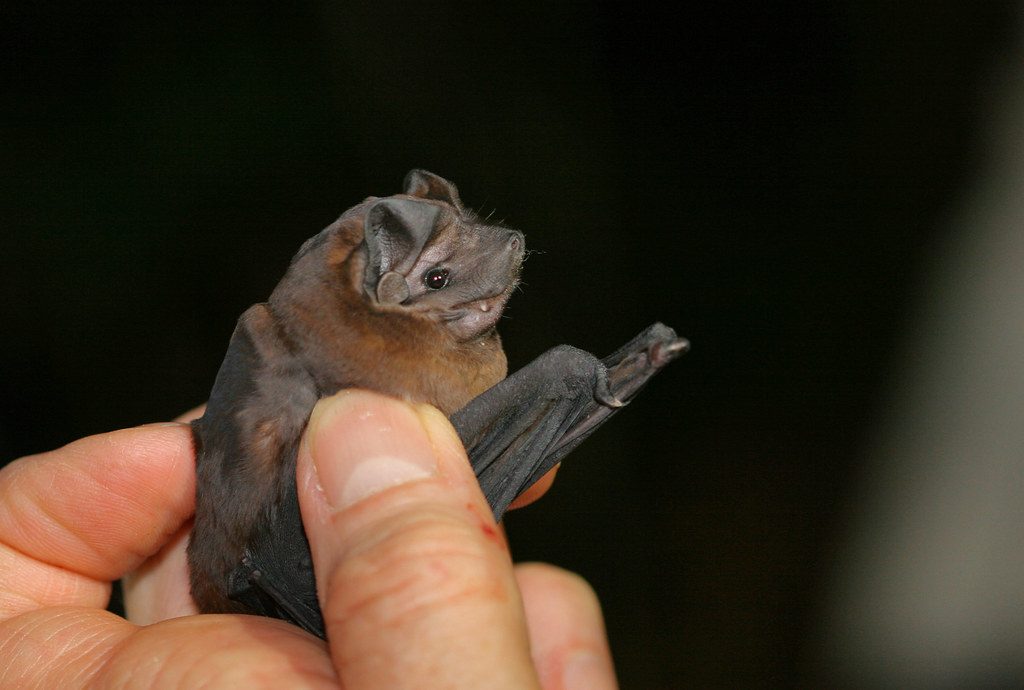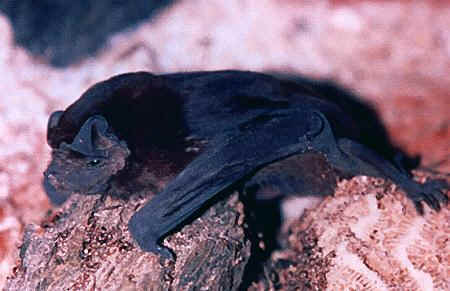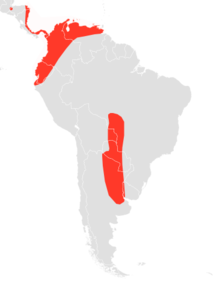Bonda mastiff bat
Bonda - Samtfledermaus ( Molossus currentium )
The Bonda - Samtfledermaus ( Molossus currentium ) is a species of bat in the family bulldog bats ( Molossidae ), which is native to Central and South America.
Taxonomy
The Bonda - Samtfledermaus was until 2001 called Molossus bondae based on a holotype, which was collected in 1904 in Bonda (Colombia ). The zoologist Joel Asaph Allen named then the type bondae as Molossus. Three years earlier, described Oldfield Thomas in the same way as a subspecies of Molossus obscurum and named it Molossus obscurum currentium. Later it became the recognized species status and thus they renamed Molossus currentium. However, a study published in 2001 showed that Molossus bondae is identical with Molossus obscurum currentium, and thus the species was actually described twice independently. According to the common rule of nomenclature in biology the species is named after the discoverer and describer and is therefore called since 2001 officially Molossus currentium (Thomas, 1901).
Description
The Bonda - Samtfledermaus reaches a head-body length of about 70 mm, and an average weight of 18 g, the females are larger than males. The tail can be up to 40 mm long. The fur of the Bonda - Samtfledermaus is 2-2.5 mm long and appear on the back usually reddish brown. However, individuals may be differently colored, orange - brown to black.
Way of life
The Bonda - Samtfledermaus lives mainly in forests. The species is strictly specialized insektivor and probably moths. Colonies are found together with in caves, rock crevices and hollow trees in buildings where the animals can stand in the narrow spaces under the roof temperature extremes. Sometimes you can find in the same building with a colony of Molossus Molossus currentium also sinaloe. The females of the Bonda - Samtfledermaus are polyöstrisch and each bring a single young is born.
Distribution and habitat
The distribution of the Bonda - Samtfledermaus ranges from Honduras about Costa Rica, Colombia, Ecuador and Brazil to northern Argentina. The stock is classified by the IUCN due to the wide distribution and large populations to be stable and unthreatened.










